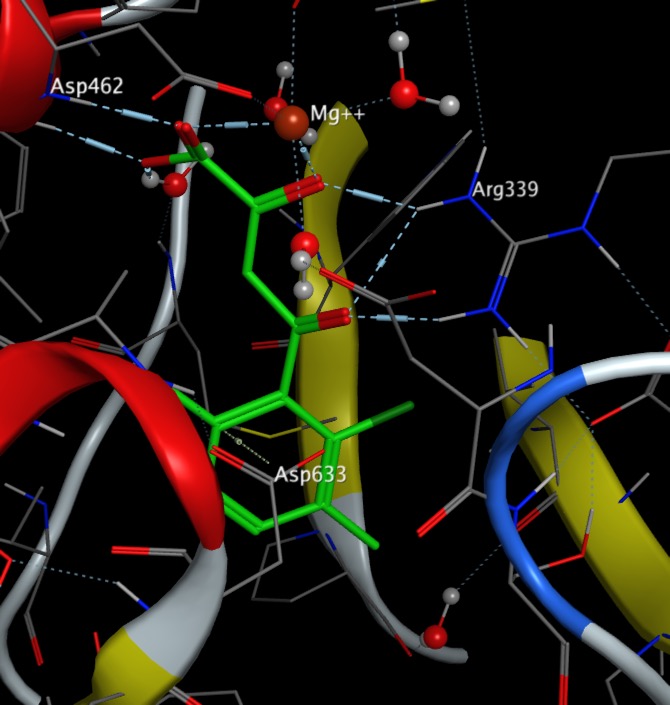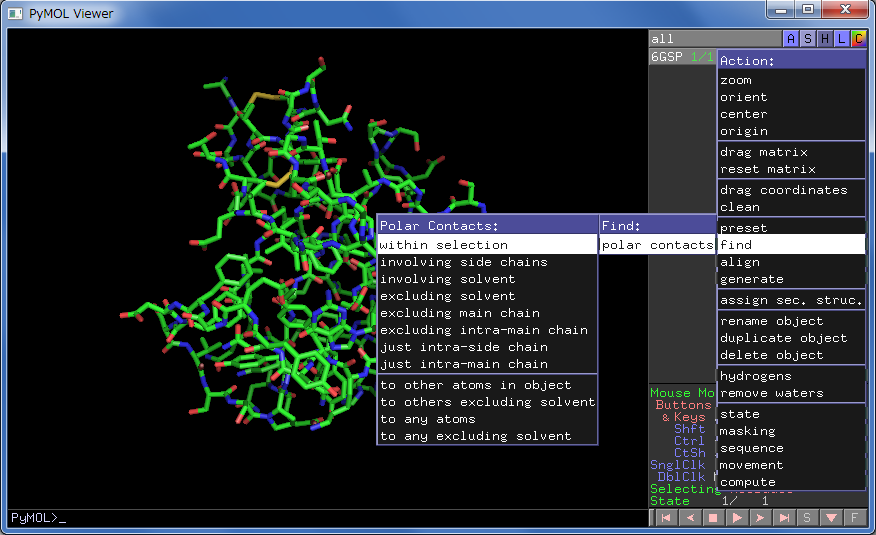
To shed light on the function of HscB, we began a study on the nature of its interaction with IscU. The efficiency of the second step is increased by the presence of HscA and HscB, but the reason behind this is poorly understood. This is the first time that interaction forces between hydrophobin molecules, and also between naturally occurring hydrophobic surfaces, have been measured directly at a single-molecule level.General iron-sulfur cluster biosynthesis proceeds through assembly of a transient cluster on IscU followed by its transfer to a recipient apo-protein.

Furthermore, this interaction was stable under different environmental conditions, which demonstrates the dominance of hydrophobicity in hydrophobin–hydrophobin interactions. The results indicated stronger interaction between hydrophobins and hydrophobic surfaces than between two assembling hydrophobin molecules. The measured rupture force between two assembled hydrophobins was ∼31 pN, at a loading rate of 500 pN/s. A genetically engineered hydrophobin variant, NCys-HFBI, enabled covalent attachment of proteins to the apex of the atomic force microscopy cantilever tip and sample surfaces in controlled orientation with sufficient freedom of movement to measure molecular forces between hydrophobic patches. In order to increase our understanding of the strength and nature of the interaction between hydrophobins, we used atomic force microscopy for single molecule force spectroscopy to explore the molecular interaction forces between class II hydrophobins from Trichoderma reesei under different environmental conditions. Unlike class I hydrophobins, class II hydrophobins assemble into highly ordered films at the air–water interface. Multimer formation in solution is dynamic, and hydrophobin monomers can be exchanged between multimers. Hydrophobins form dimers and multimers in solution to shield these hydrophobic patches from water exposure. The amphiphilic structure of hydrophobins is very compact, containing a distinct hydrophobic patch on one side of the molecule, locked by four intramolecular disulfide bridges.

Hydrophobins are surface-active proteins produced by filamentous fungi.


 0 kommentar(er)
0 kommentar(er)
